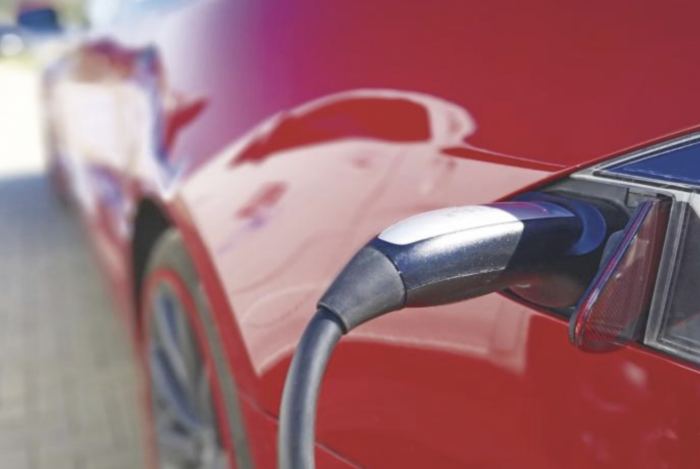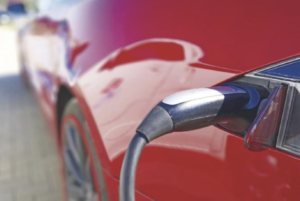The Government of Panama accelerates the strategy for electric mobility as part of the Energy Transition Agenda, in order to meet the United Nations Sustainable Development Goals (in particular SDG 7) and the Paris Agreement.
And less than a month after the entry into force of Law No. 295 of Monday, April 25, 2022, which encourages electric mobility in land transport, it was recently published in the Official Digital Gazette 29723-B Executive Decree No. 51, of February 15, 2023, which regulates the aforementioned regulations.
With this law and regulations, Panama joins other countries and cities in the region that have public policy and legal framework to guide and stimulate the development of electric mobility in various ways.
Countries such as Colombia and Costa Rica, for example, have comprehensive electric mobility laws in force and there are others with initiatives underway for the formulation of similar legal instruments.
There is also a larger group of countries with partial legal or regulatory instruments; some provide tax and non-fiscal incentives, others regulate the efficiency of the vehicle fleet and promote the development of industries and enterprises associated with electric mobility.
On the for regional collaboration 2019′, developed by the MOVE platform of the Office of the United Nations Environment Programme (UN Environment) for Latin America and the Caribbean.
Regulation of electric mobilityExecutive
Decree No. 51 that regulates electric mobility in Panama specifies that “Law 295 of 2022 aims to establish a regulatory framework for the development and operation of electric mobility in the Republic, so that, through this and the use of renewable energies, as an energy transition tool in land transport.”
Article 3 of Executive Decree 51, specifically, states that for the execution of the replacement plan of their vehicle fleet established in Law 295 of 2022, the institutions of the Central Government, as well as the autonomous, semi-autonomous and municipal entities must make the purchase of electric vehicles in accordance with the stipulations of the single text of the law that regulates public procurement, and its regulatory regulations. In
in the procedures established by the Comptroller General of the Republic and the Directorate of Patrimonial Assets of the Ministry of Economy and Finance, which takes into account, for future electric vehicles, the handling and discarding of their sensitive components.
While article 4 indicates that to implement the program of replacement of the mass, collective and selective public passenger transport fleet, the Transit and Land Transport Authority will prepare an inventory of to guide its officials, concessionaires and borrowers of public passenger transport.
For its part, article 5 establishes that all electric vehicles that pass the vehicle technical inspection will be assigned a vehicle registration plate, with a green background, white letters and numbers.
While article 6 says that the Transit and Land Transport Authority will establish the procedure for the technical inspection of electric vehicles, for which it will prepare a Manual The criteria that must be taken into account for the technical inspection are the following: single and final plate, brand, model, year of manufacture, color, type of propulsion or engine, energy source, engine number, chassis number and speedometer reading.
Executive Decree 51, in its chapter III, also establishes the “Process of conversion of internal combustion vehicles to electric vehicles”; in its chapter IV it corresponds Charging Stations”; in Chapter VII, “General Guidelines for Charging Stations”; and in Chapter VIII, “Final Provisions”.
Towards the energy transition
In Panama, Law 295 of 2022 that encourages electric mobility in land transport came into force from January 1, 2023. Electric mobility is part of Panama’s energy transition plan, through which it has made a commitment to remain a country with a green electricity matrix. In addition, he has taken up the challenge of reducing the use of fossil fuels in its energy matrix.
On February 16, at the ninth meeting of the National Energy Transition Council (Conte), in virtual mode, the Secretary of Energy, Jorge Rivera Staff, presented in detail the progress of the country’s energy transition during the last five months.
The official highlighted that among the achievements of the energy
of renewable energy. And by September 2022, 97% came from clean sources, according to data from the National Public Services Authority (Asep).
In the same sense, on February 28, the launch of the derived green hydrogen strategy will be launched, also crucial for the energy transition and the future of transport.
Rivera Staff, in addition, mentioned that the growth of electric mobility has doubled in recent years; also the modernization of the national interconnected system (SIN) and sensitization for the efficient use of energy in all sectors is having a
We are working on 152 lines of action of the transition agenda,” stressed Rivera Staff.
The National Secretariat of Energy is leading efforts with all actors for the generation of financing mechanisms and legal instruments in order to energize the actions of the sectors, including those of fiscal policy and the financial sector, in addition to a communication strategy that helps incorporate citizens to understand and participate in the strategies that are implemented
part of the fulfillment of the United Nations Sustainable Development Goals (SDG 7) and the Paris Agreement, and created the National Energy Transition Council as an advisory, consultation and accountability body.

